New Zealand and Spain have about the same per person income, Portugal’s is roughly three quarters of ours. But the regional disparities are significant.
1. The Alentjo
Billed as Portugal’s largest but poorest region, this region of Portugal that’s south of Lisbon reminds us very much of those areas abandoned by progress – left with a rump of elderly and infirm residents who really cannot afford to or it’s too late to move. All the young have fled to the cities, for the whole 3 days we were here we didn’t see one baby in a pram, not one group of youths and every second person seem to be limping – either because they’re elderly, or handicapped.
What’s happened? In short the EU rationalisation stuffed Alentjo, a region that depended on traditional crafts and a high degree of self-sufficiency in agriculture. Nowadays the farming is mechanised, the demand for farmer workers decimated; even its main industry of cork production has been bypassed by aluminium wine bottle tops.
But from a tourist perspective it still has it – lots of hilltop fortresses, and fortified old towns. Portugal may have twice New Zealand’s population in half the area – but there is no way the population density in Alentjo is 4 times ours – the place is empty, beautiful but empty.
Highlight for me was the visit to the pretty port town of Sines, birthplace of Vasco de Gama, but also seeing the megaliths of Almendres Cromlech not far from the hill town of Evora. This circle of stones reminds one of course of Stonehenge and dates back to 6th century BC, probably assembled as some kind of astronomical observation.
The practice of harvesting cork bark from oak trees is common in the Alentjo, although it’s a long game – they can only harvest about every 10 years. The 200 year old “Whistler Tree” that has provided harvests since 1820 has yielded enough cork over the years to make 1 million corks. It’s what I’d call an income, rather than a growth stock.
2. The Beiras
By contrast, the central highlands of Portugal contain Torre, its highest though modest 2,000m peak, which we ride to the top of and find skiers aplenty. But it’s the valleys and the ridges of this region that are the most appealing for motorcycling – lots of narrow, winding roads and many of them built by the Romans.
And our favourite town without peer is the University city of Coimbra, the home of Fado music – that melancholy genre that recalls the maritime and impoverished lives of the Portuguese through the Age of Discovery. I recall first encountering Fado when the alluring Mariza appeared at WOMAD in New Plymouth. We were fortunate to encounter it again in the cafes of Coimbra. It is captivating. The cathedral here contains the tombs of the first two kings of Portugal and since that was the view from our attic window, one can’t escape the history of the place. It’s a town you could spend a week in quite easily.
On to Manteigas, deep in one of the valleys of the Serra da Estela and then up and down until reaching the famous Douro River, after which Portugal’s most famous wine growing region is named and following that down to Porto. The Beira certainly leaves the impression of more prosperity and vibrance than the struggling Alentjo further south. I suspect tourism is one reason, but wine and education are big businesses up here too.


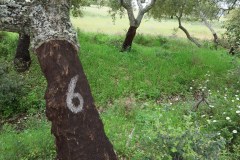
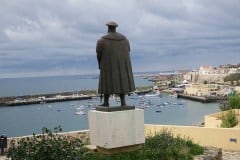
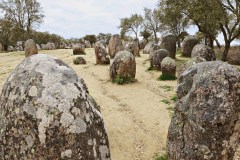
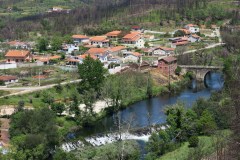
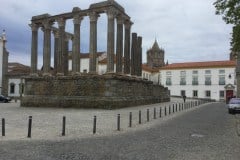
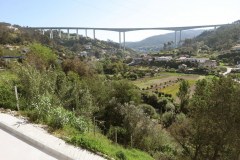
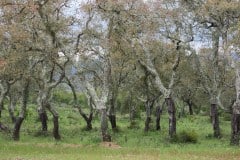
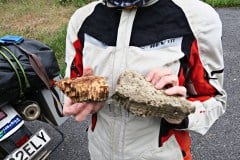
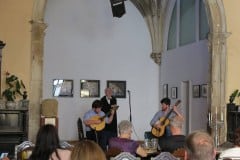
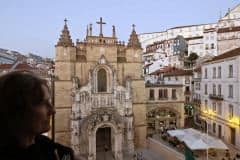

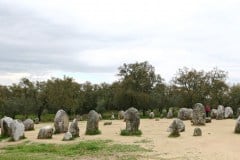
Comments are closed.